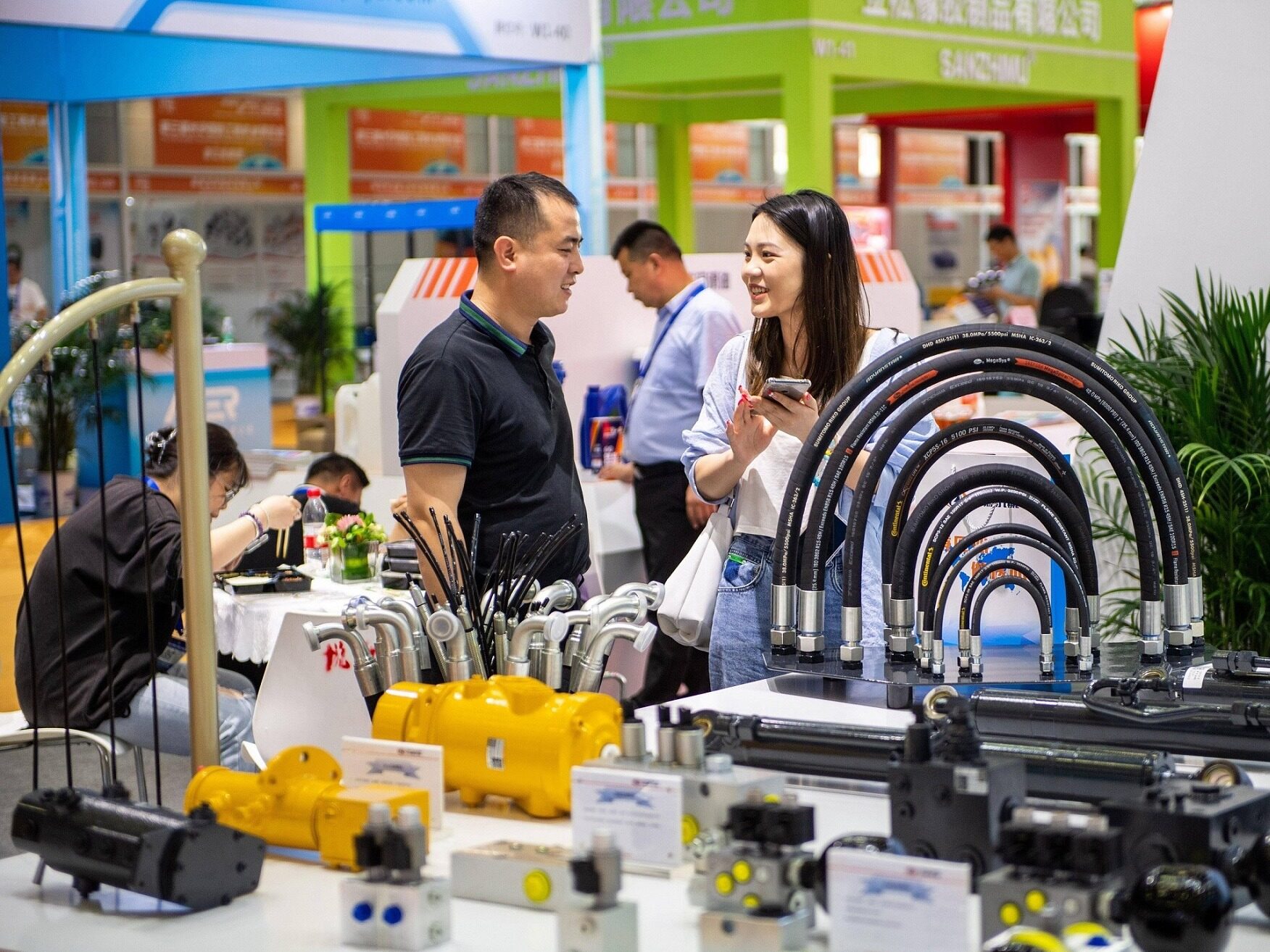- As of the end of 2022, the installed scale of public utility solar energy has just exceeded 54GW
- As of the end of the second quarter of 2023, India has installed 70096MW of photovoltaic installed capacity

According to the Indian government, as of June 30, 2023, India's solar installed capacity has exceeded 70GW. Its initial goal was to achieve a production capacity of 100GW by 2022. Rajasthan has the largest capacity among all states, at 17.8GW; Gujarat is the only state with a production capacity exceeding 10GW, with Karnataka, Tamil Nadu, and Maharashtra ranking in the top five with 9.05GW, 6.9GW, and 4.8GW, respectively.

This announcement and information were issued by Shri R.K. Singh, Minister of New and Renewable Energy and Electricity. In 2022, Rajasthan was the largest solar photovoltaic installer to date, and according to analysis firm Bridge to India, as of the end of 2022, the state's pipeline capacity exceeded 24GW.
When announcing the production capacity milestone, the government stated that the country has the potential to deploy 748.9GW of solar photovoltaic power generation and has taken measures to increase the deployment and promotion of renewable energy, such as canceling interstate transmission fees and relaxing the approved model and manufacturer list plan.

The company also stated that it is operating a series of direct plans aimed at bringing production capacity online. Specifically, the plan to establish a solar park with at least 50 solar parks is aimed at a 40000 MW solar power generation project, and the plan to establish a 12000 MW grid connected solar photovoltaic power generation project uses feasibility gap funds. VGF aims to support economically reasonable but financially infeasible projects.
Nevertheless, India has recently been unable to achieve its solar installation goals. According to JMK Research, in the first half of 2023, its new production capacity decreased by 19% compared to the first half of 2022, while in the entire fiscal year 2022, the target of installing only 12.8GW of 20GW was achieved.
India has been experiencing a well documented solar energy supply problem, mainly due to its efforts to break away from dependence on Chinese imports and establish domestic photovoltaic manufacturing bases. Basic tariffs impose significant tariffs on imports, while ALMM restricted products and companies that can deploy solar energy in India before easing in early 2023.
According to the bridge report to India mentioned above, as of the end of 2022, the country still relies heavily on imports, but the production linked incentive plan has since issued manufacturing capacity funds worth 40GW. Experts suggest that the industry may recover in 2024.Editor/XingWentao
Comment
 Praise
Praise
 Collect
Collect
 Comment
Comment
 Search
Search














Write something~